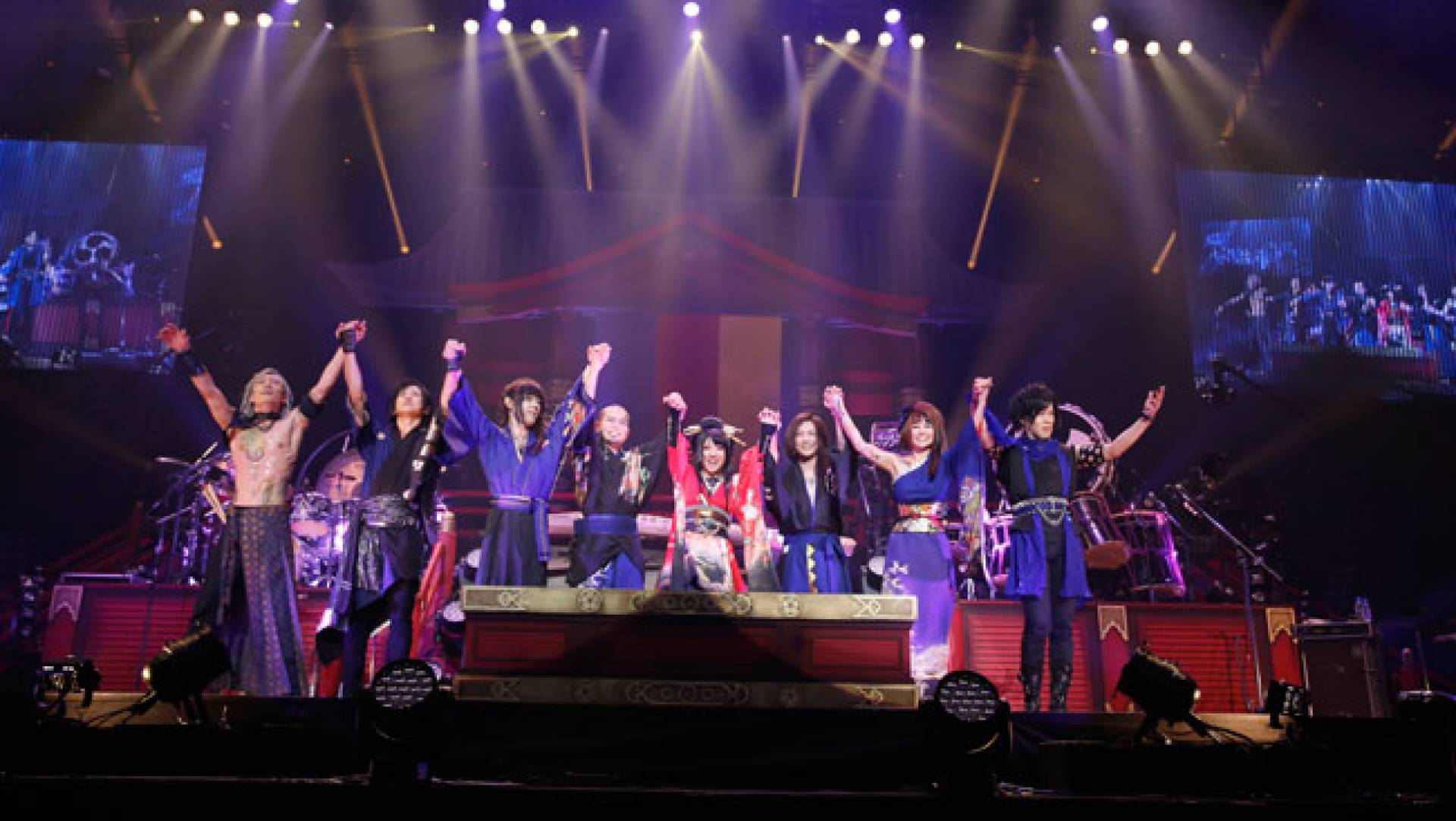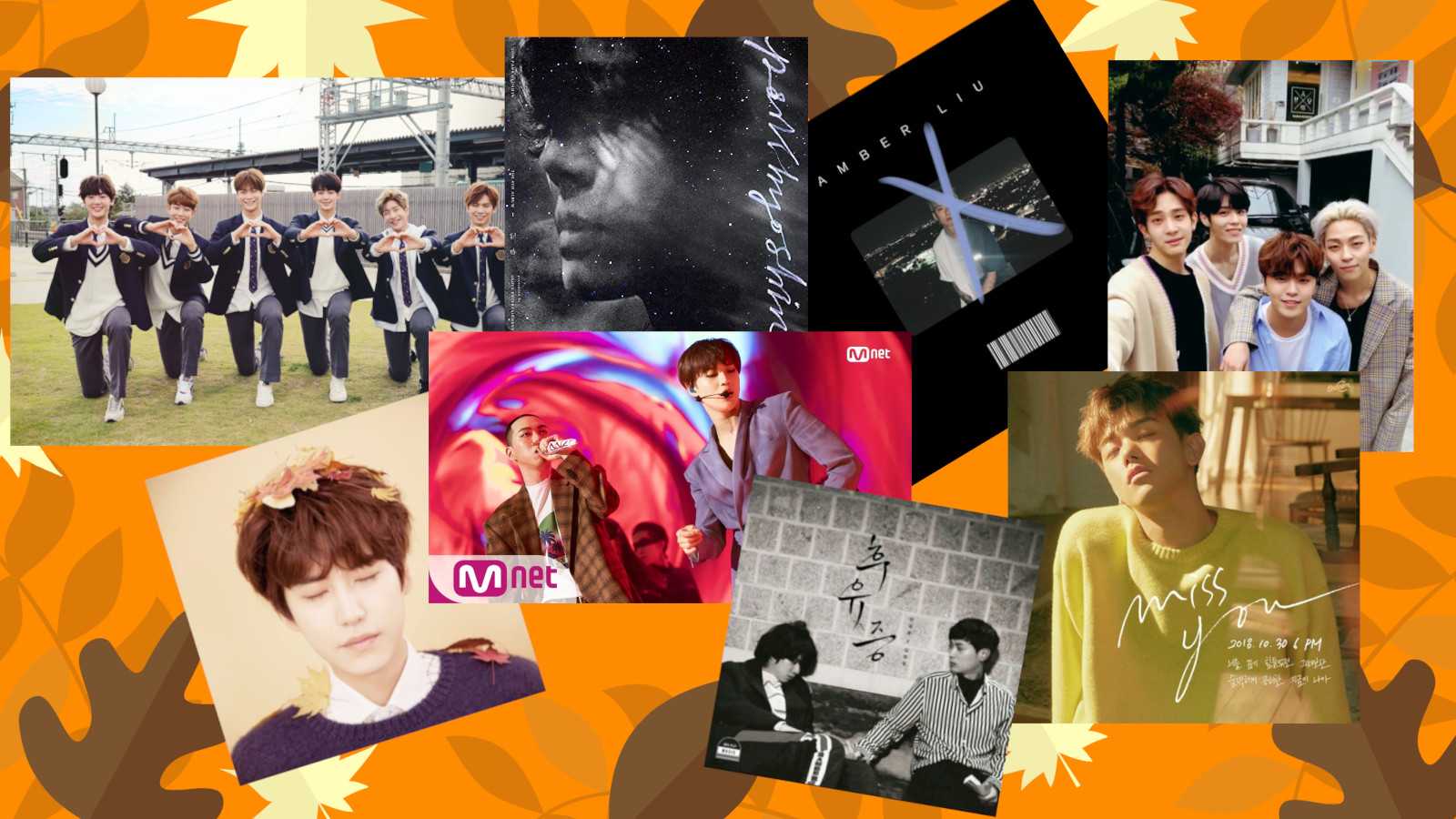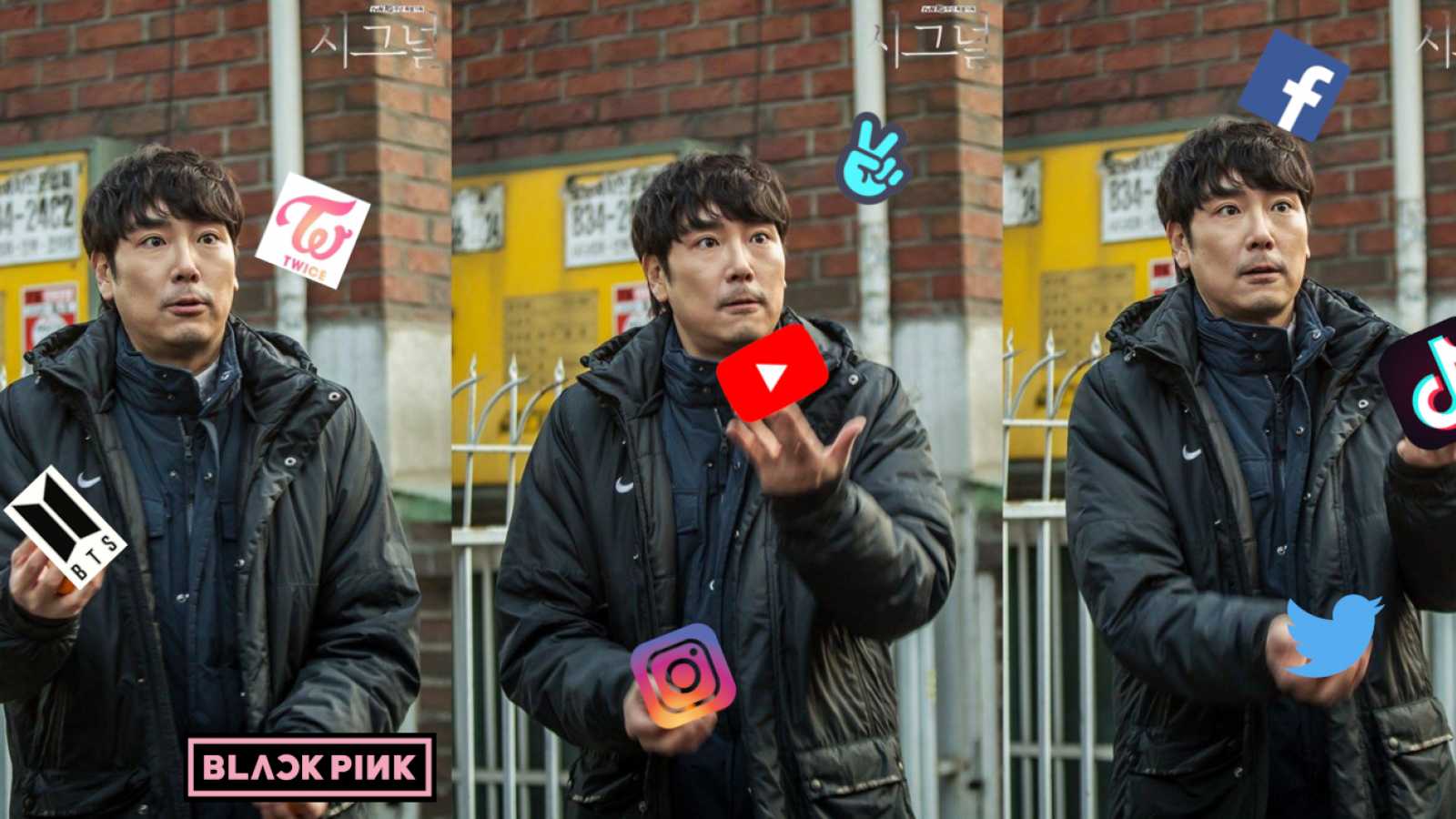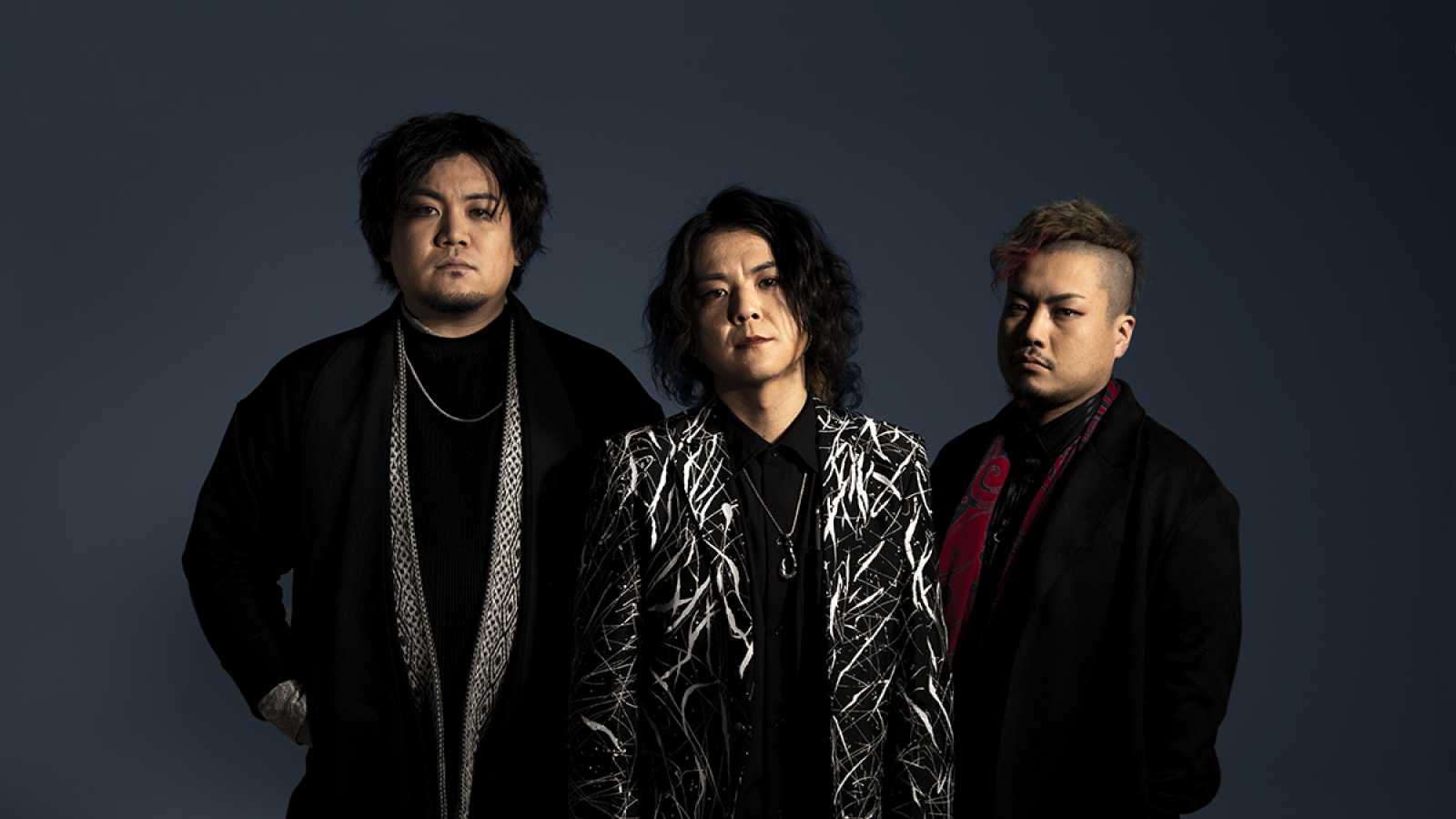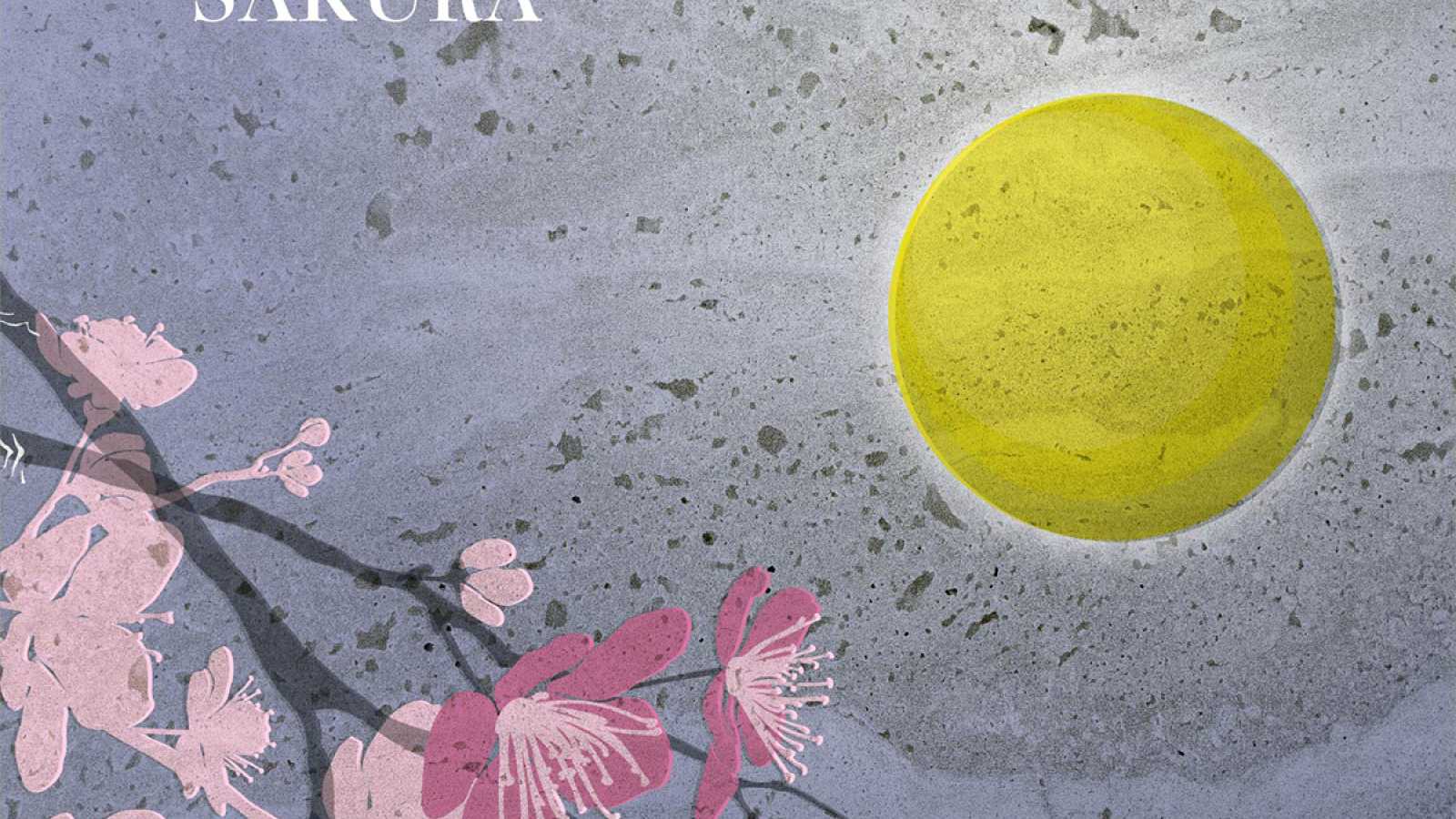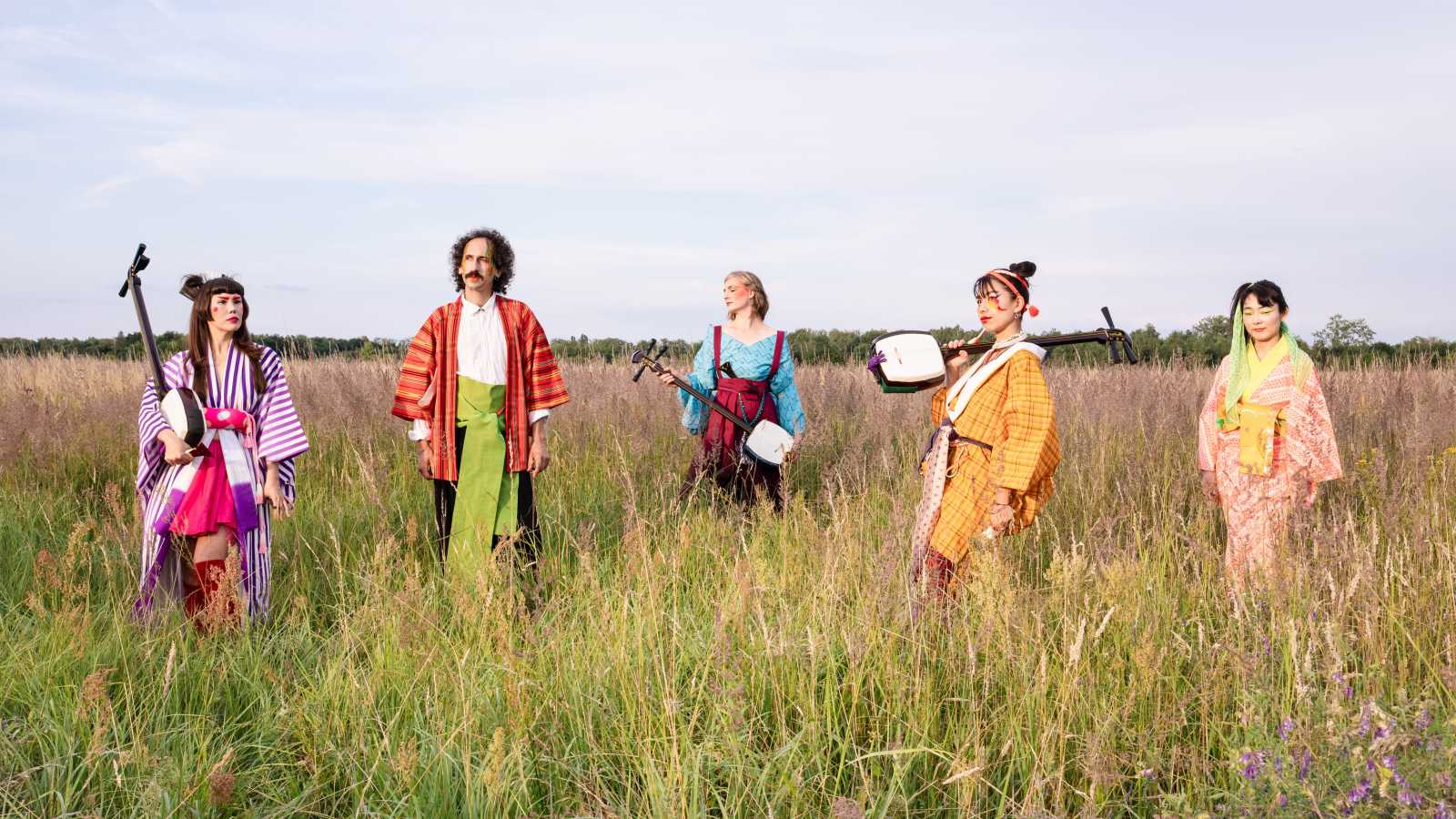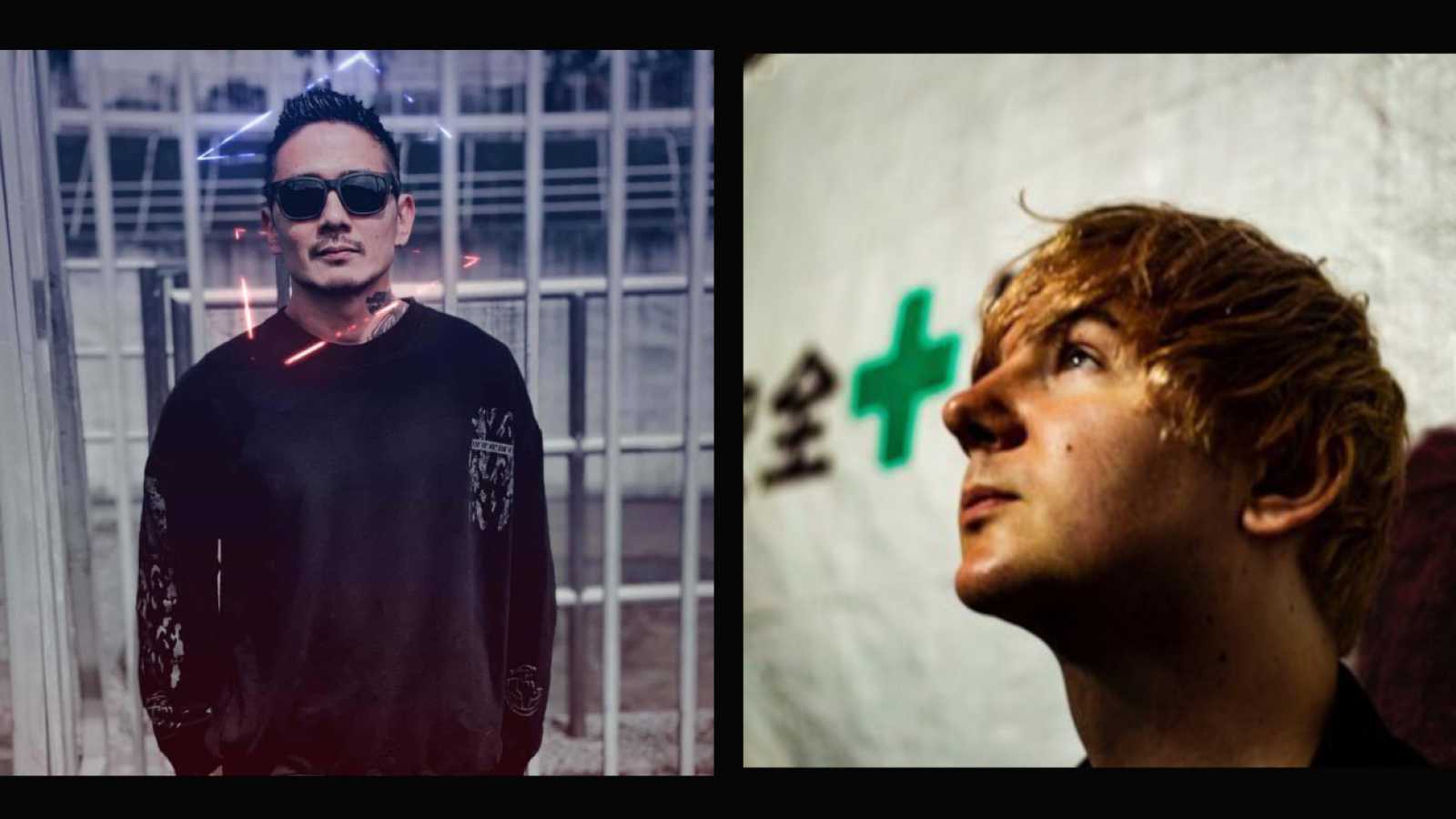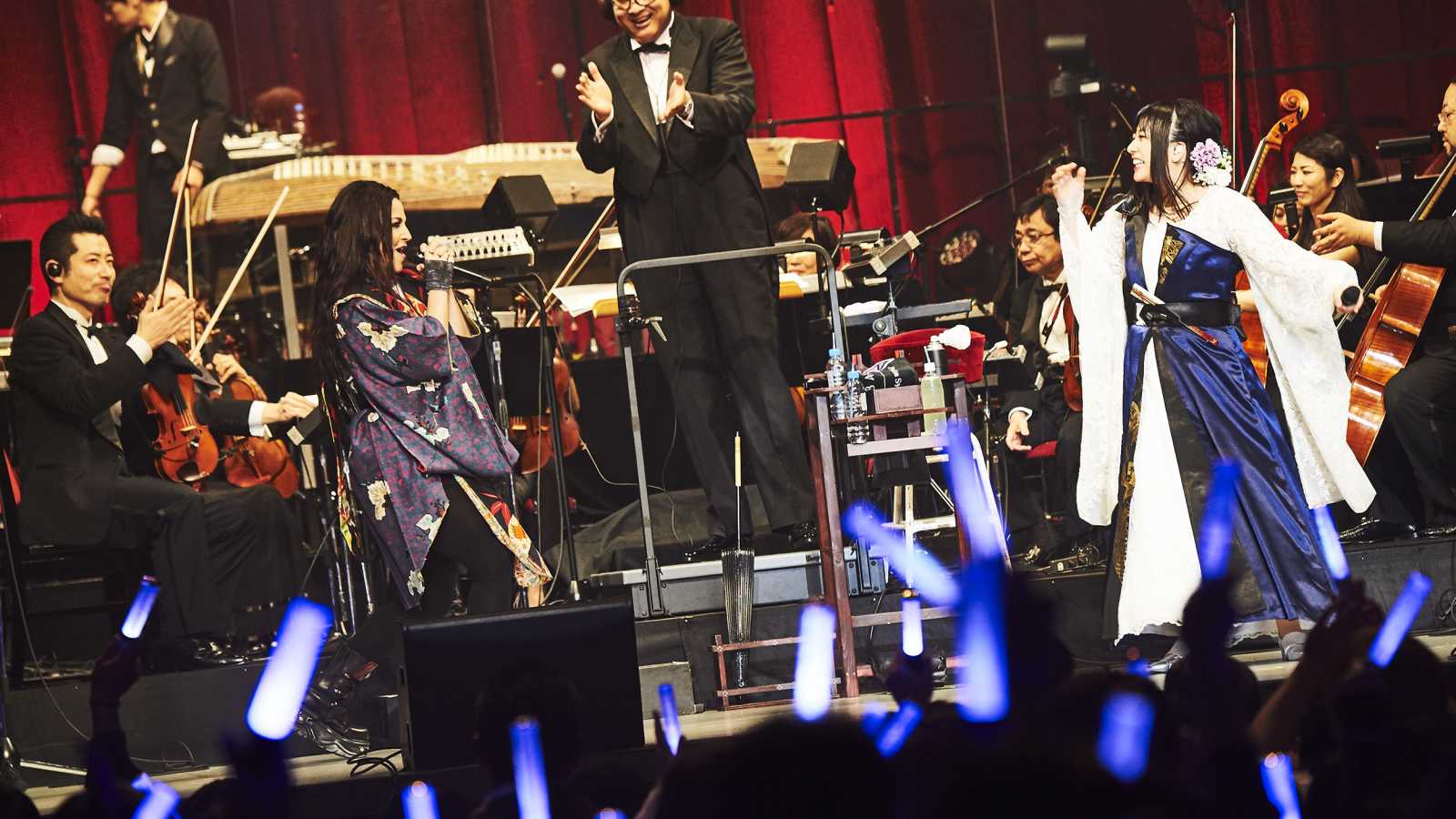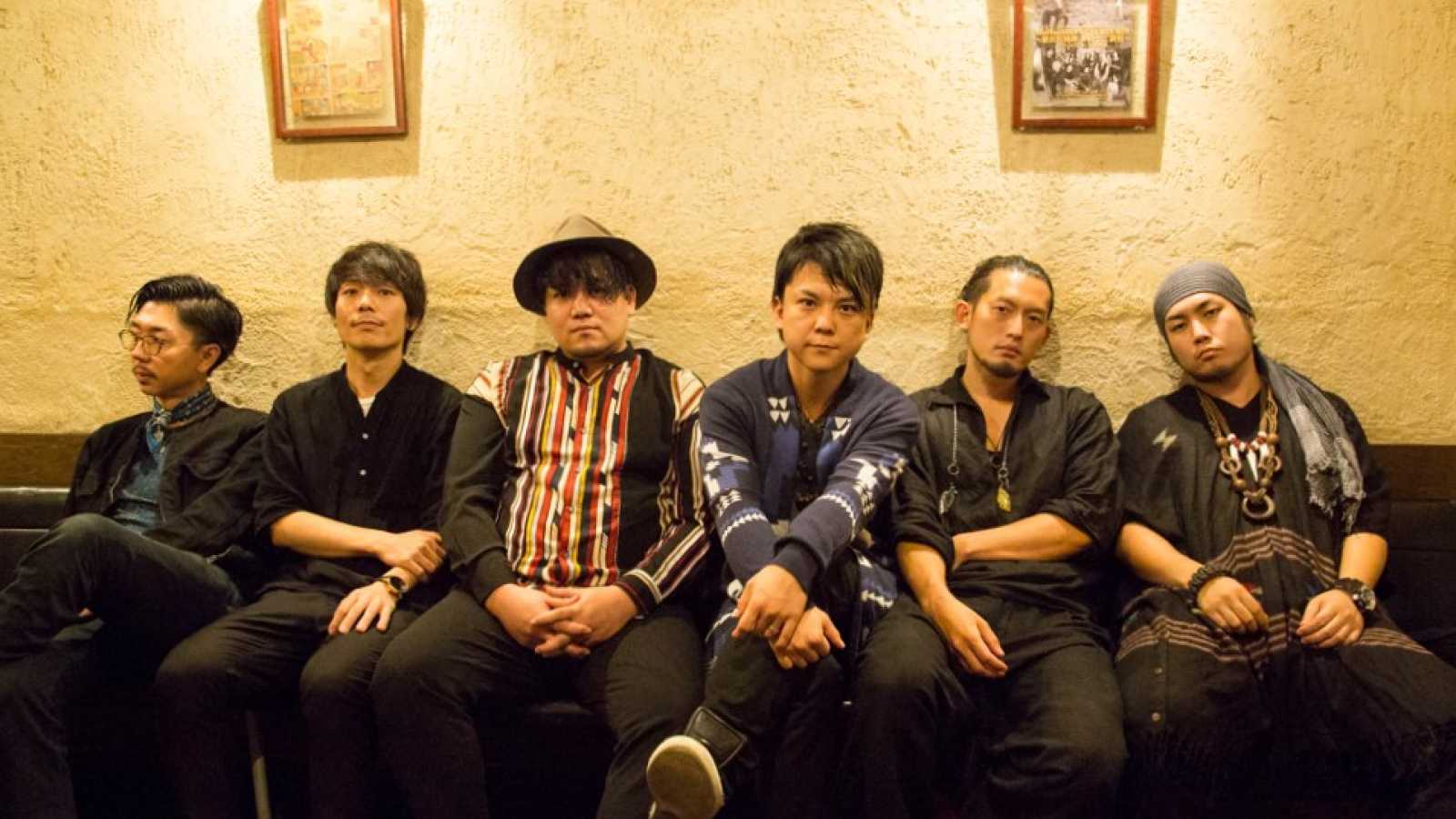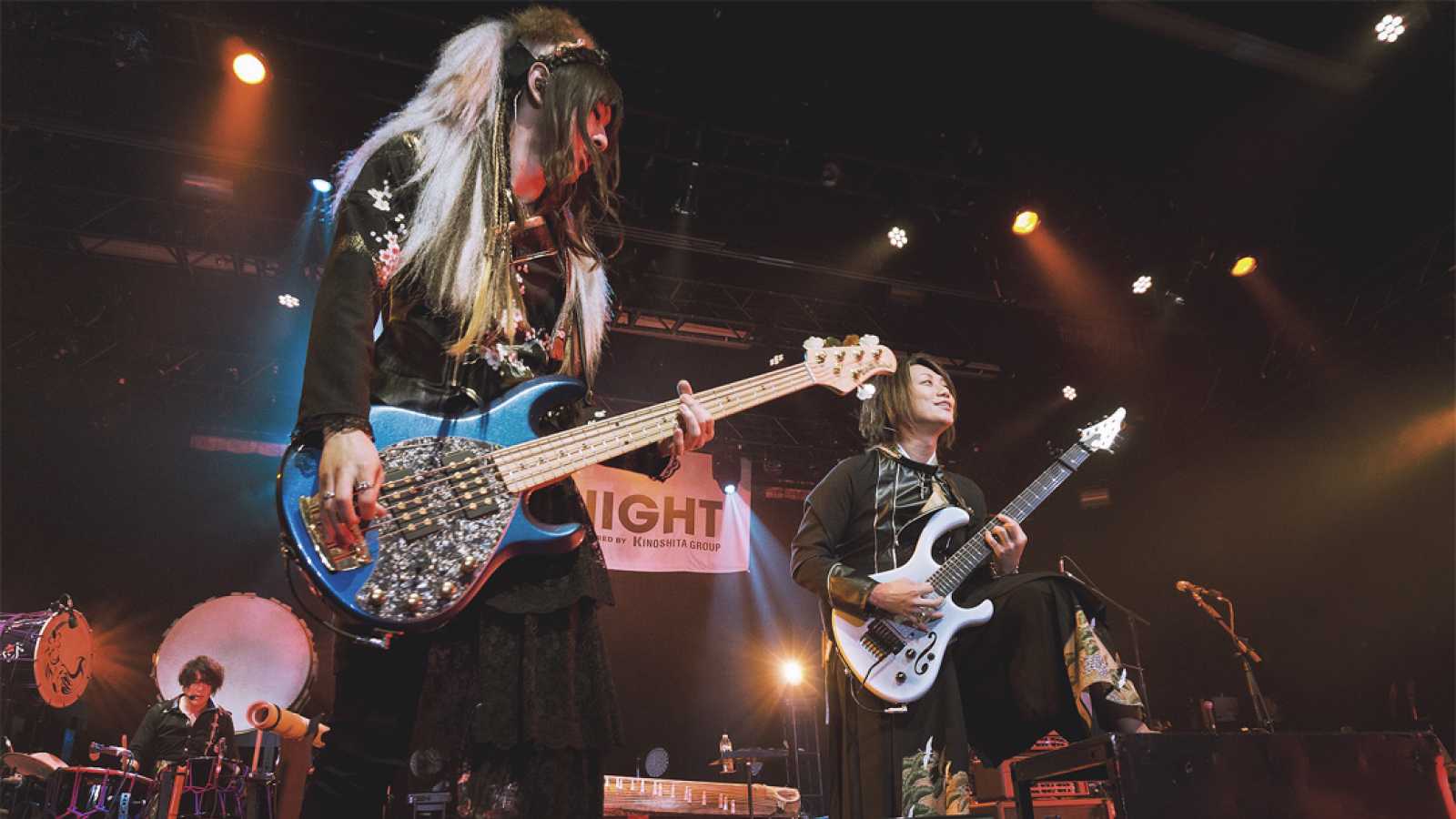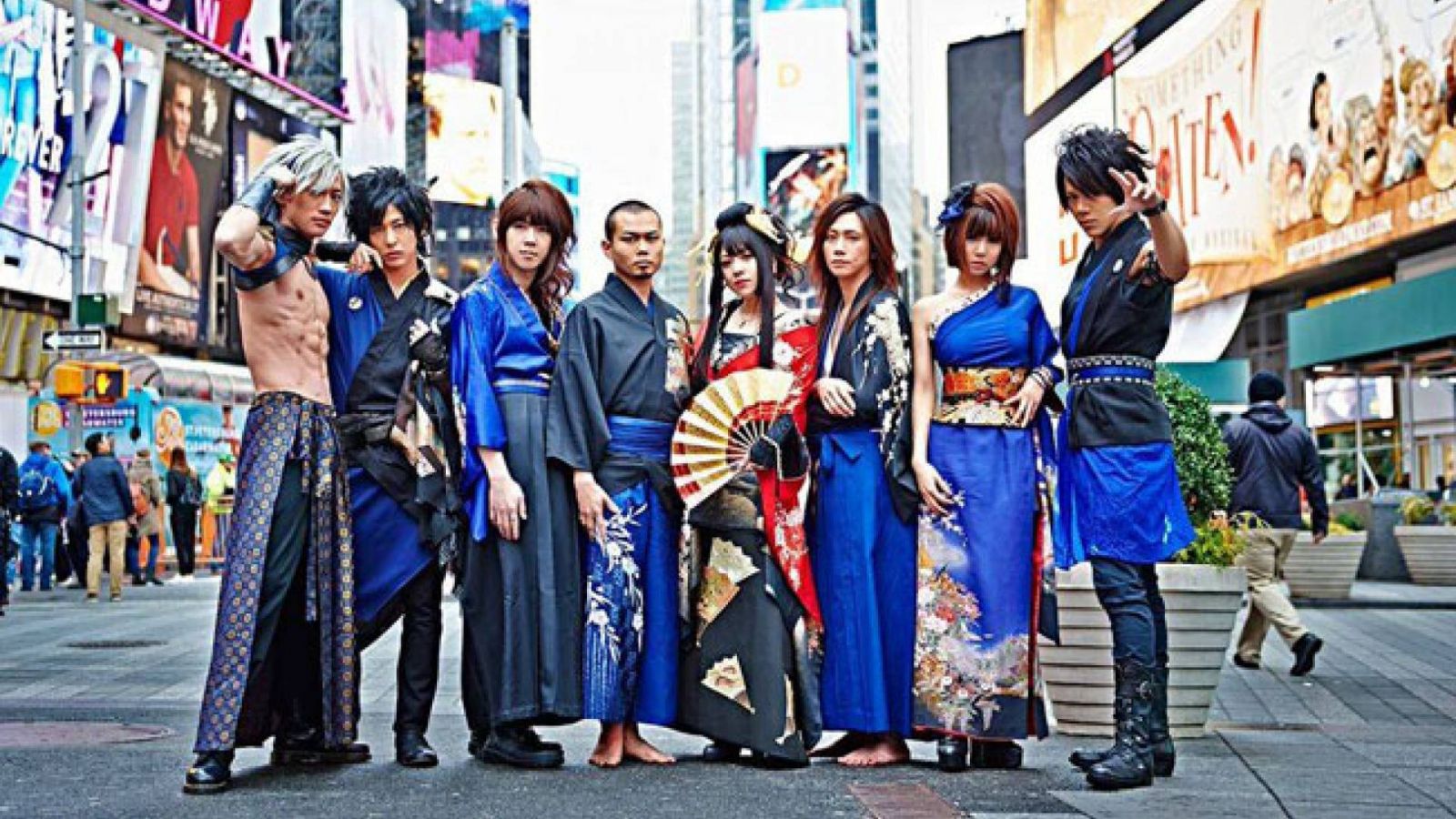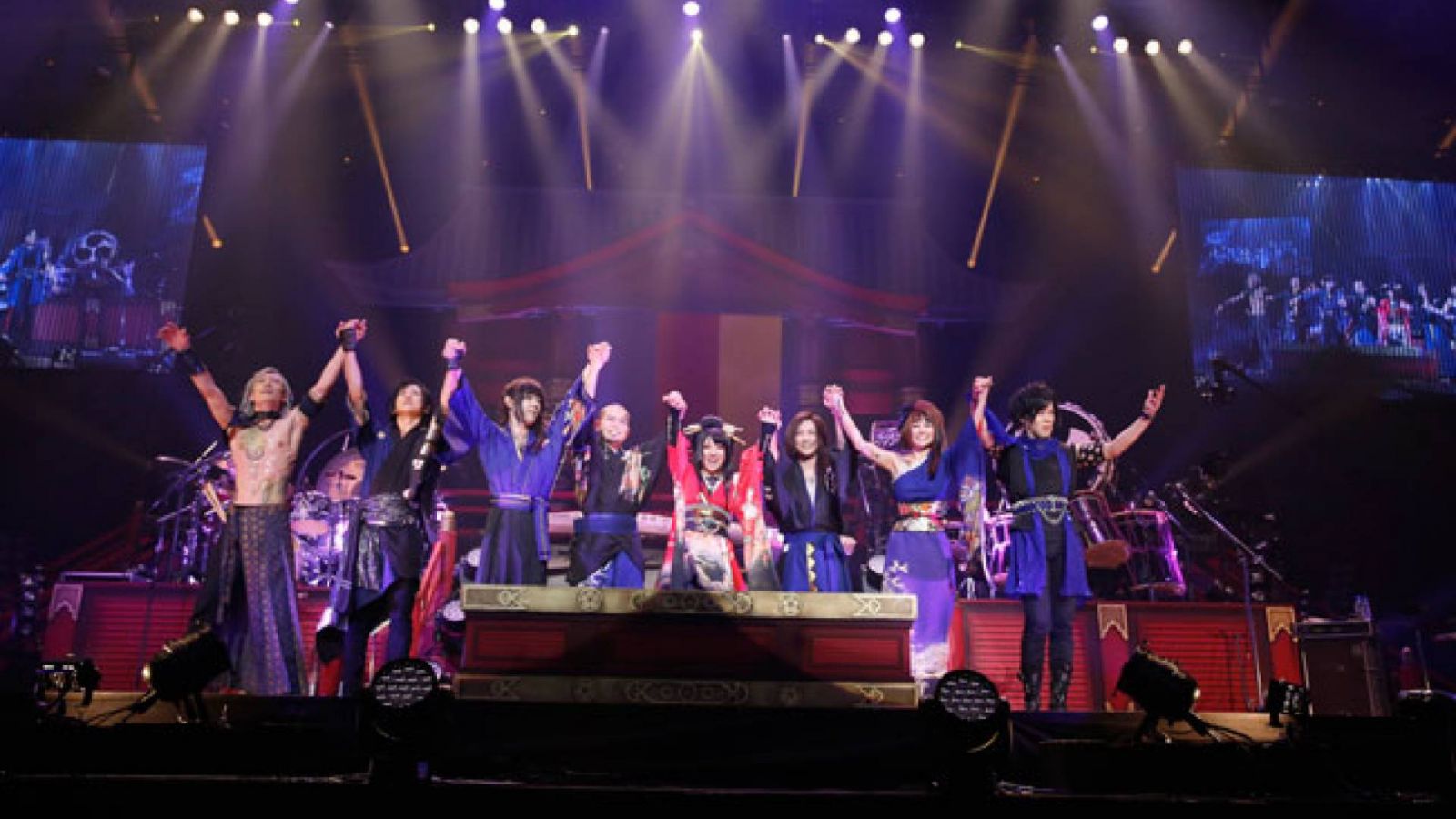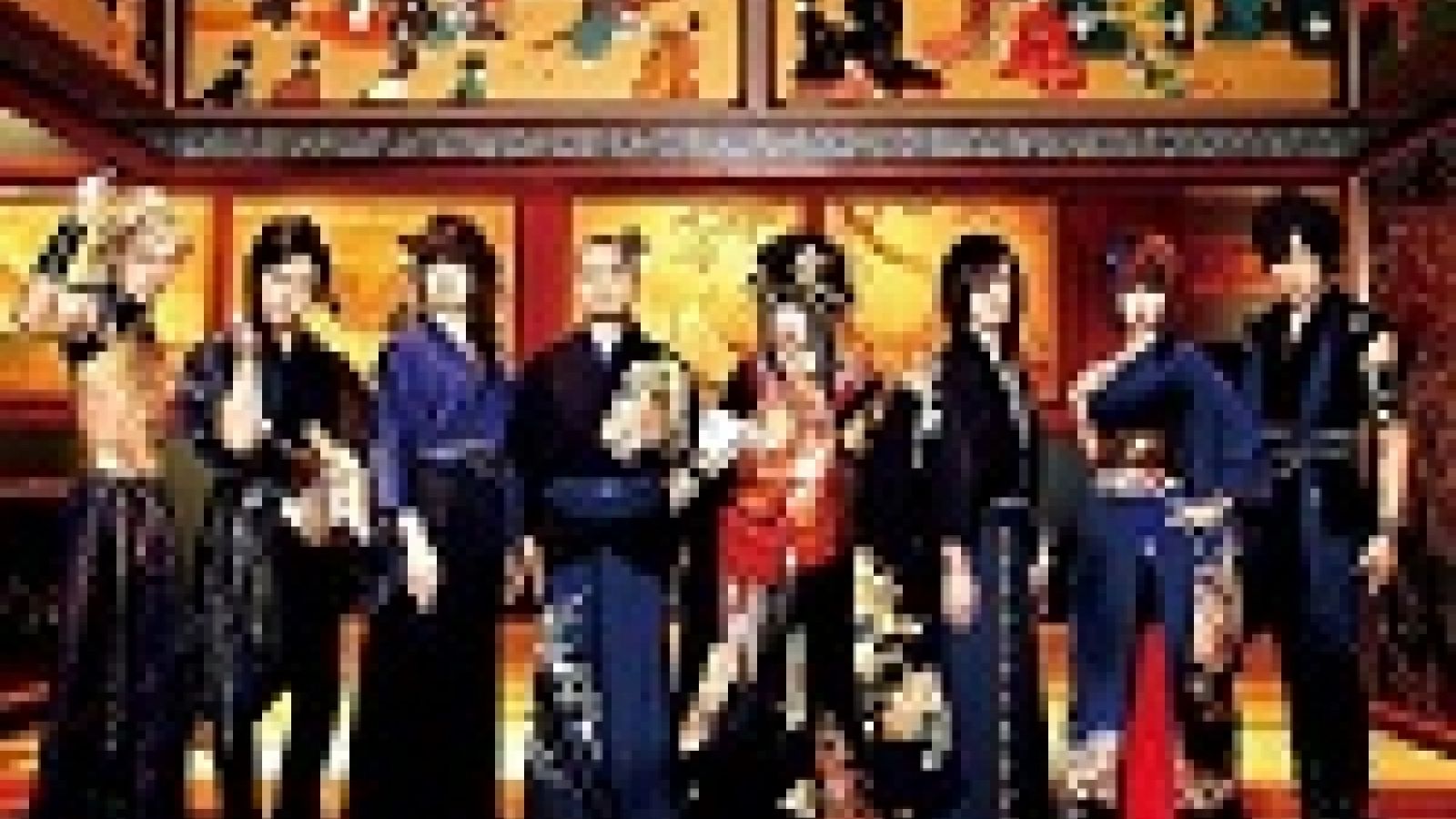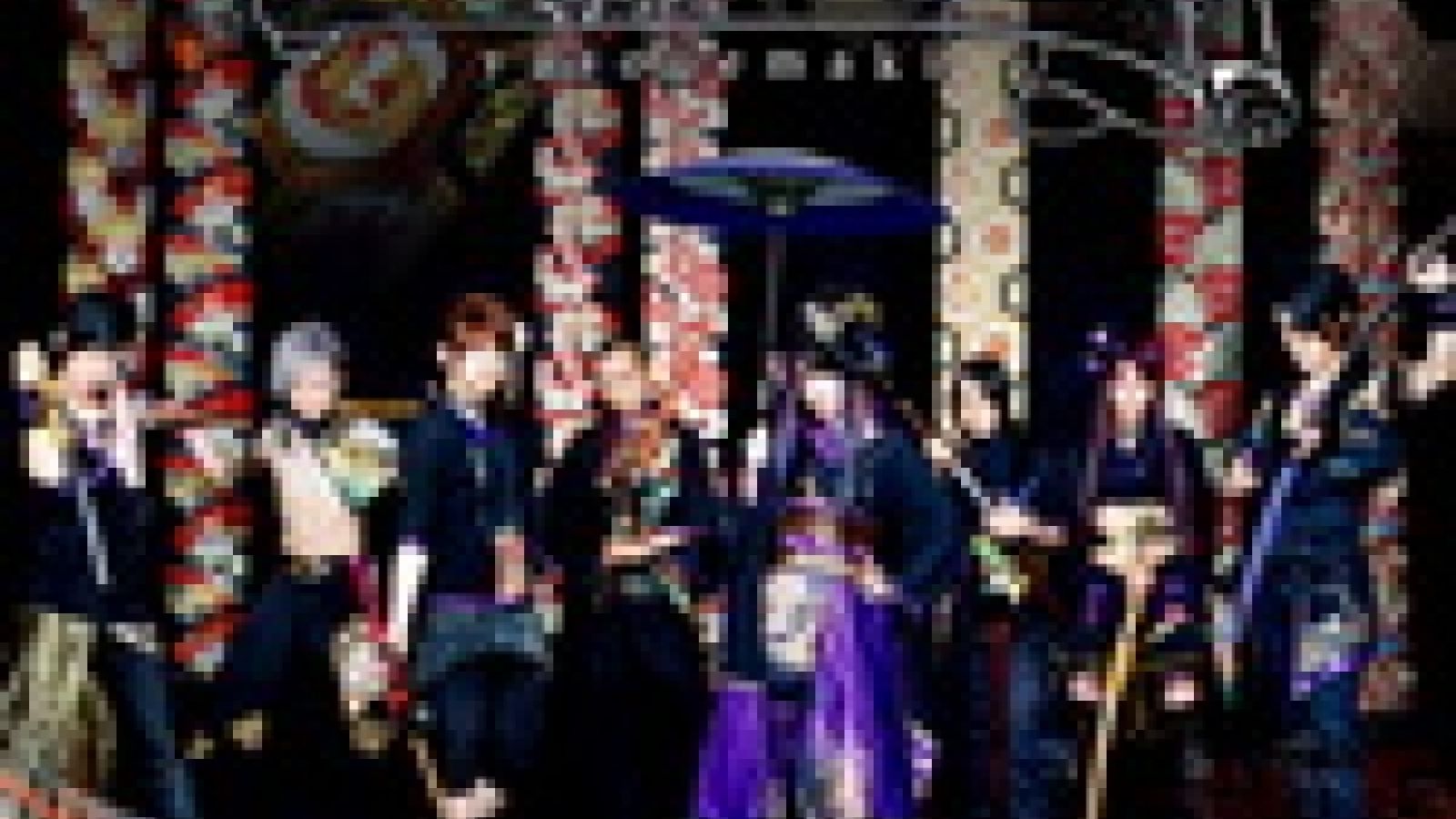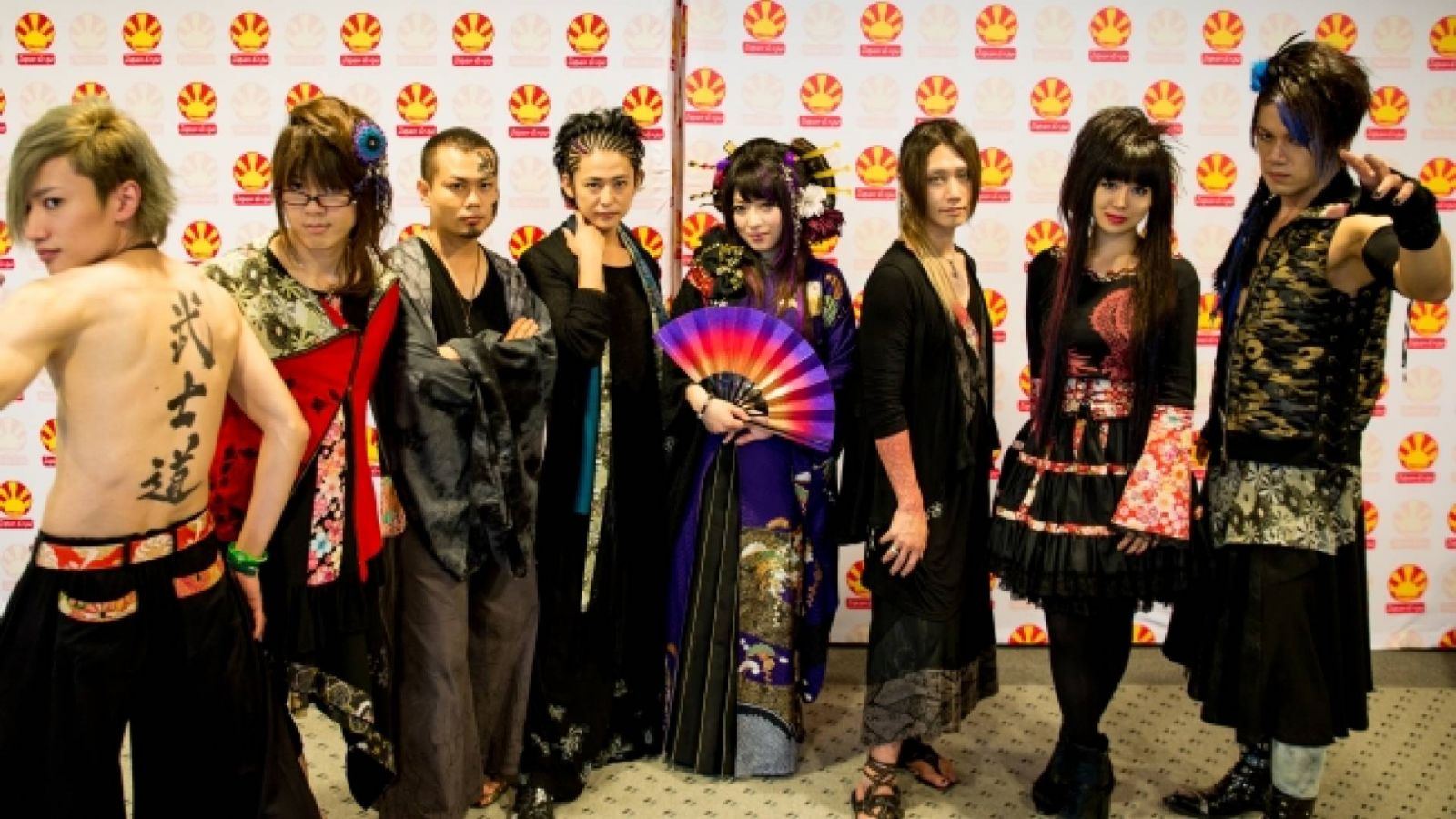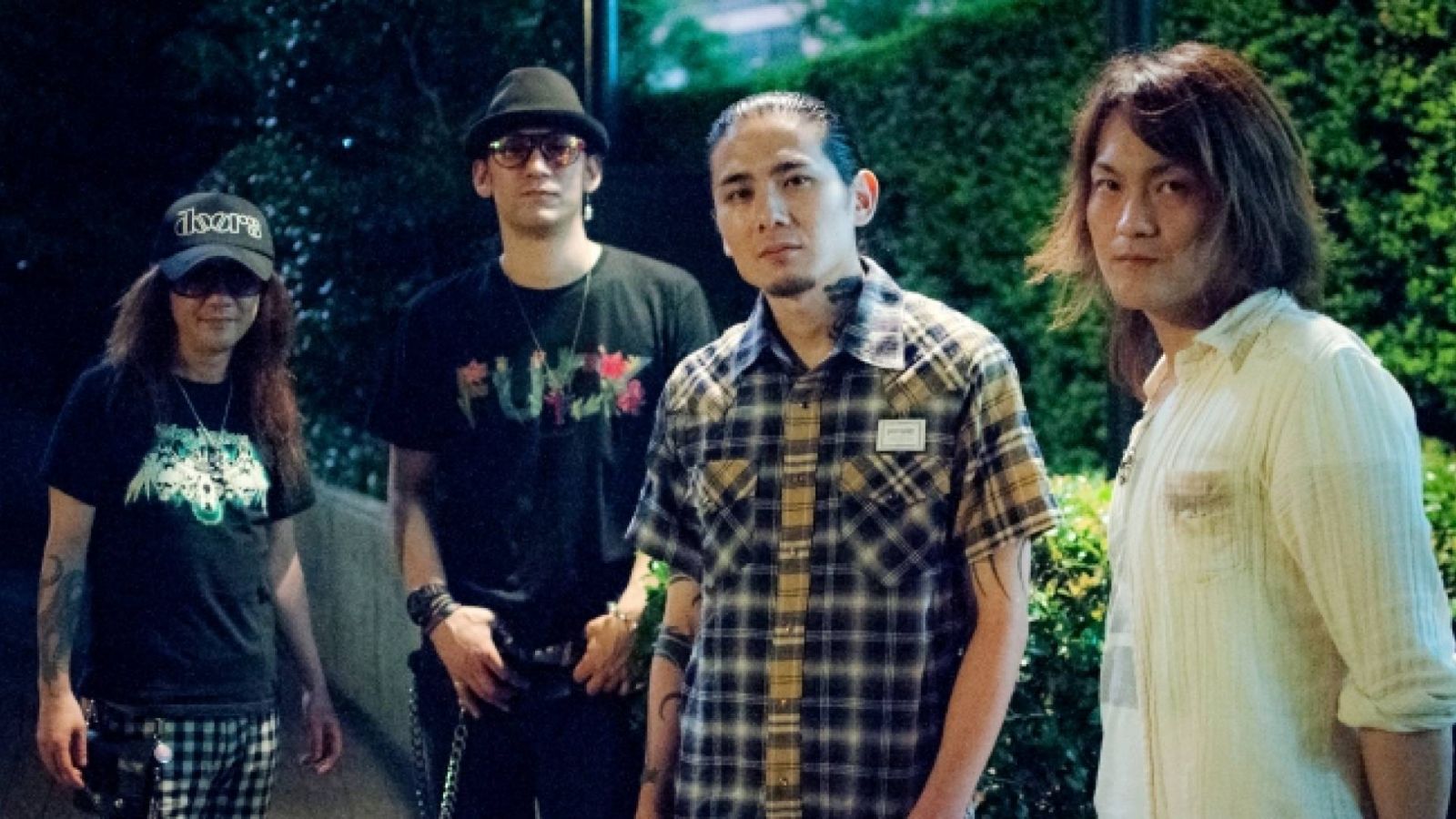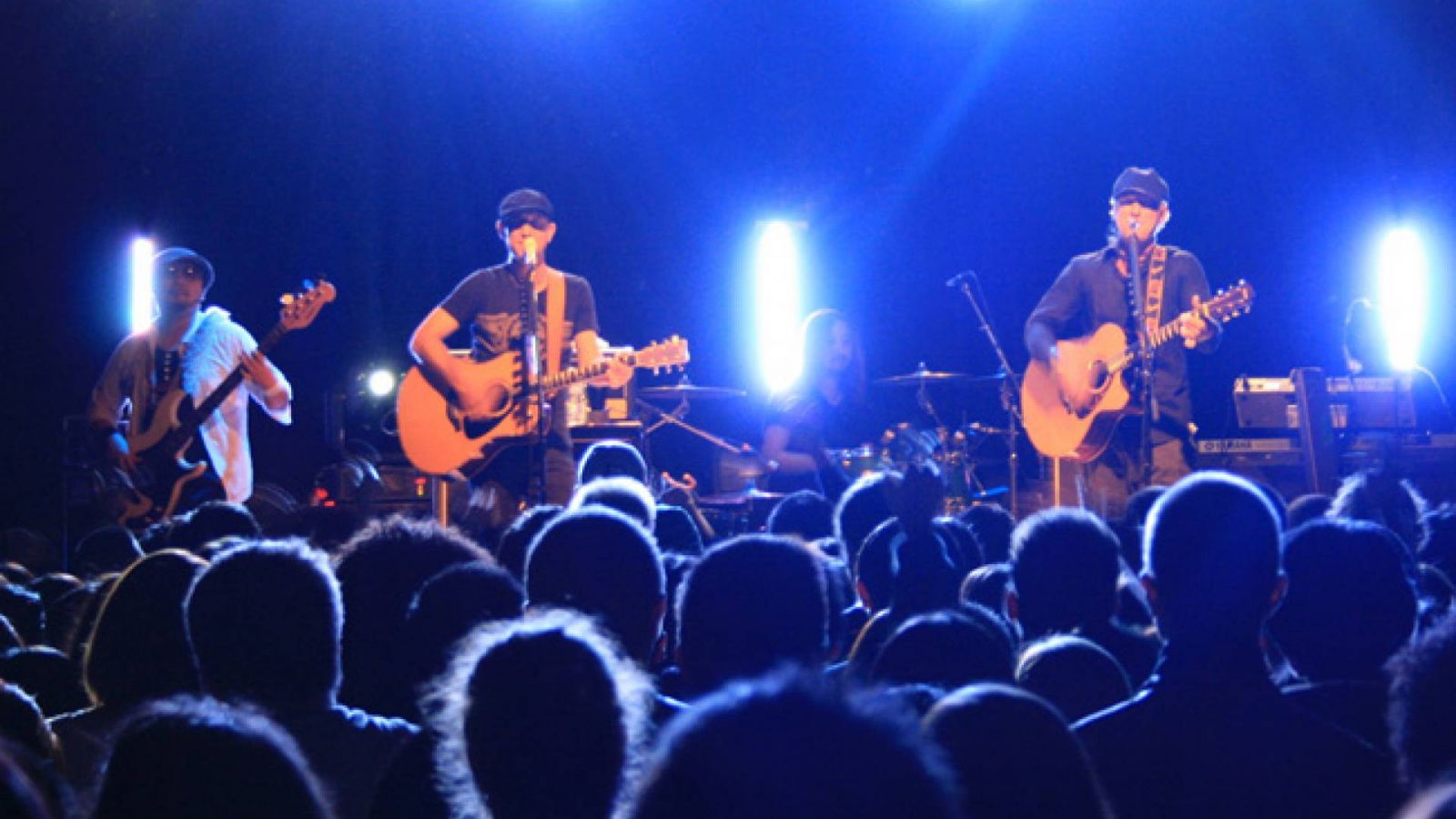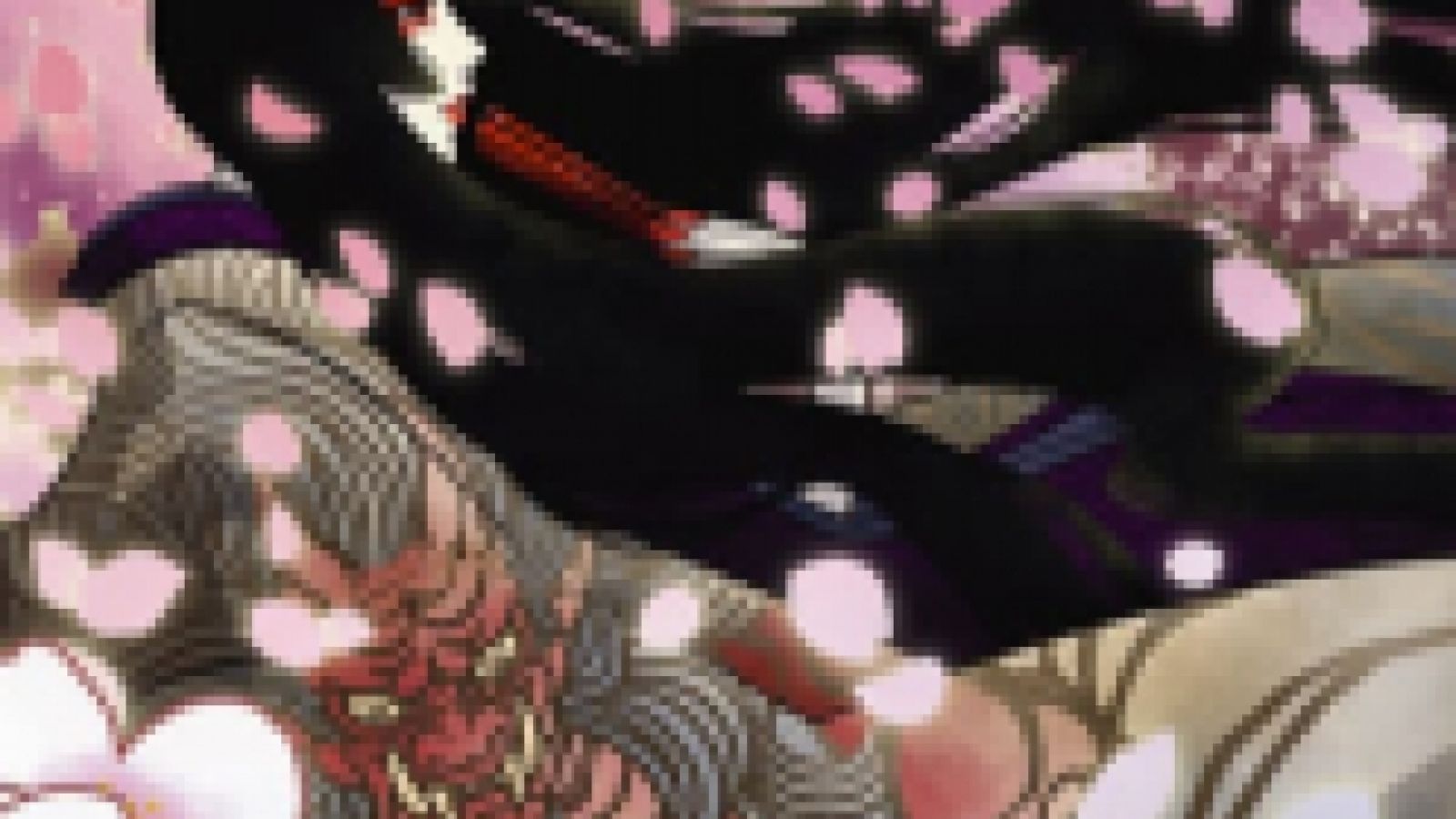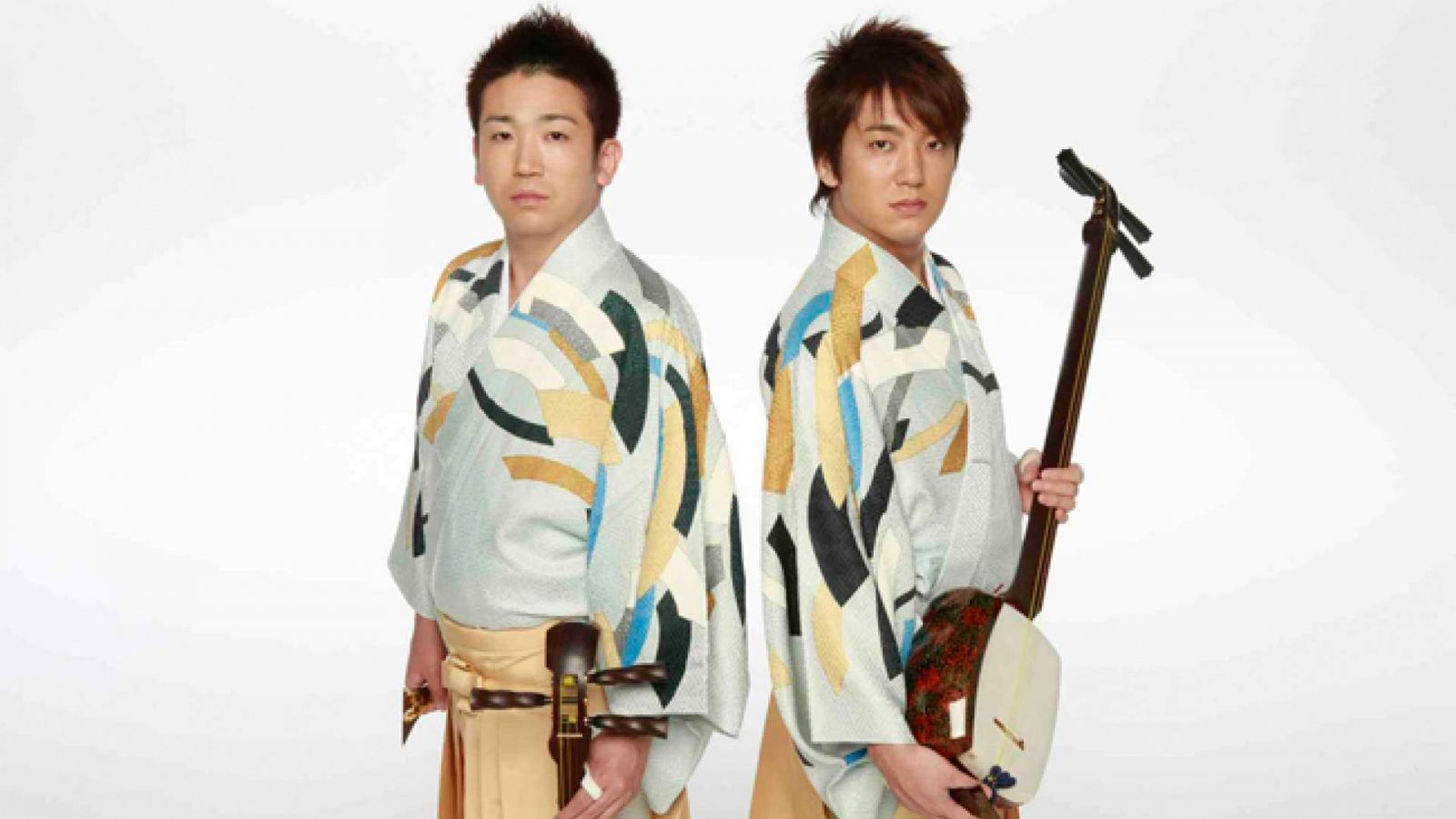A traditional and modern day at the Nippon Budokan with WagakkiBand.
Imagine you have a band coming from far away in the past and they learn modern sounds. What will you finally attain? WagakkiBand. Then imagine this band performing with an amazing Japanese stage set. 10,000 fans were at the Nippon Budokan to see this incredible, sold out Akatsuki no Utage show, but you couldn’t be there? Then it is time for you to read this report.
"Wagakki" means "Japanese-style instruments", and WagakkiBand’s merging of Tsugaru-jamisen, wadaiko, koto, shakuhachi and shigin vocals with more common modern standards such as guitar, bass, drums, and postmodern influences creates a sophisticated musical mish-mash that spans thousands of years.
While their smash-hit cover of Vocaloid song Senbonzakura has over 33 million views on YouTube, WagakkiBand’s sound is all the more powerful live – and more so than ever on the grand Budokan stage, with a life-size replica of a multi-level wooden temple as its backdrop. Except for new songs played especially for this live event, the audience sang in rhythm and moved their purple penlights from the first note until the last moment.
Vocalist Yuko Suzuhana announced between songs the band’s costumes were new to celebrate the special occasion of playing in this famous place. Yuko was dressed in an immaculate red, black and gold kimono, with ornate kanzashi hairpins decorating her hair. The other members wore matching purple and black outfits based on styles throughout Japanese history but with modern fashion tweaks, and their skin was painted with tattoos and kanji calligraphy.
Yuko unleashed her voice in a Shigin vocal style, which has over a thousand years of history. While sung from the gut, it is sensitively nuanced, and Yuko used this effect to deliver theatrical renditions of the epic Tengaku, the graceful Nadeshikozakura, and crowd favorite Hoshizukiyo. But this band is also comprised of seven other amazing skilled and charismatic members, and all of them had their own time with many solos played during this long show.
“I never thought I'd perform at the Budokan as a shakuhachi player in a rock band,” mused Daisuke Kaminaga between songs. “It's wonderful!” His flute-like wooden instrument took the lead with solos in songs such as Hanabi and Hangeki no yaiba, and duelled with Machiya’s chaotic guitar and Asa’s leathery bass to atmospheric effect on the slow and low Hagane. The broad strokes painted by his shakuhachi brought confidence to WagakkiBand’s complex songs.
Koto, the origins of which stretch back to 7th-century China, is not unlike a horizontal harp, and creates a wash of strings and magic. Kiyoshi Ibukuro’s instrument largely took a supporting role, but his solo section was an opportunity to showcase his remarkable koto skills, playing a pretty and peaceful piece that used effects pedals to layer his sound to filmic effect.
The interplay between drummer Wasabi and wadaiko player Kurona during a percussion battle 90 minutes into the show was a sight to behold. Wadaiko, commonly known as taiko, is all about deliberate form and deep bass beats, while a full drum kit is wilder and more dynamic, and Kurona’s stylized stance and kakegoe howls matched Wasabi’s playful grin and rippling muscles as the two built up to a heart-stopping crescendo.
In an off-the-shoulder kimono-style dress that revealed a colorful paint tattoo, Beni Ninagawa played her own mid-show extended solo on the three-stringed Tsugaru-jamisen, a type of shamisen. She played slow and steady, cool and subtle, building to fast runs that showed a total mastery of this 200-year-old instrument.
Of course, the real alchemy happened when all eight musicians played together. For a rendition of the dramatic Fuurin no utautai, languorous wadaiko and drum beats met with beautifully underplayed guitar, stirring koto and a sensual shakuhachi melody to provide a canvas for Yuko’s expressive voice and elegant shibu hand-fan dancing. Floods of dry ice poured over the faux-temple’s steps to form a thick cloud at the members’ feet.
As the band left the stage after two thrilling hours, it was the audience’s turn to sing, chanting the chorus to Akatsuki no ito until the band came back for an encore. “Hearing 10,000 voices sing together like that... It's like something from a dream,” remarked Yuko, humbly.
The three-song encore featured Strong Fate, WagakkiBand’s new single from the soundtrack to chilling horror movie "Zange: Sunde wa Ikenai Heya" ("The Inerasable"). The song boasted crushing guitar and bass riffs, a ponderous rhythm and masterfully controlled kobushi vibrato melodies.
They saved their biggest hit for last. As Beni and Daisuke performed the rousing Tsugaru-jamisen and shakuhachi intro to Senbonzakura, a shower of glittering ribbons fell from the ceiling and Yuko held out her mic so the crowd could sing along.
Yuko stated her only worry during this epic performance was not being able to communicate with everyone in such a big place, but by seeing and hearing such an audience, she could definitely forget this feeling. She added WagakkiBand wants to represent Japan and perform in as many countries as possible.
For WagakkiBand, of course, a promising new year has only just begun. If you can see them live, like during their upcoming live show at Irving Plaza in New York in March, just jump on the occasion!
